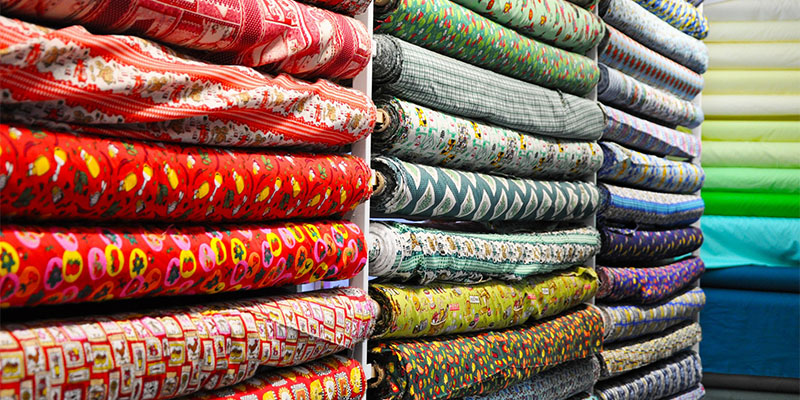Market Overview
The global textile market is evolving rapidly, shaped by sustainability trends, growing fashion demand, and innovation in materials and manufacturing. In 2024, the market is valued at approximately USD 1,040 billion, and is projected to reach USD 1,400 billion by 2030, expanding at a CAGR of 5.1%.
Textiles play a pivotal role in multiple industries—apparel, automotive, medical, home furnishings, and technical applications—making it one of the world’s most diverse and essential markets.
Key Market Drivers
1. Rising Demand for Apparel and Fast Fashion
-
Population growth and rising middle-class income in emerging economies are increasing global consumption of clothing.
-
E-commerce and fast fashion brands are accelerating the production and turnover of textile-based products.
2. Sustainable and Eco-Friendly Fabrics
-
Growing consumer awareness and environmental regulations are pushing demand for organic cotton, recycled polyester, bamboo, and hemp fabrics.
-
Brands are integrating circular economy models into their textile production processes.
3. Technological Advancements
-
Smart textiles, nanotechnology, and 3D knitting are opening up new product categories in sportswear, healthcare, and protective gear.
-
Digital printing and automated weaving/knitting systems are enhancing production efficiency and customization.
4. Global Expansion of Technical Textiles
-
Growth in industries such as construction, automotive, healthcare, and defense is fueling demand for high-performance textiles (e.g., flame-resistant, antibacterial, UV-protective).
Market Segmentation
By Raw Material
-
Cotton
-
Wool
-
Silk
-
Synthetic Fibers (Polyester, Nylon, Acrylic)
-
Cellulose-based Fibers (Viscose, Modal)
By Product Type
-
Natural Fibers
-
Synthetic Textiles
-
Technical Textiles
-
Home Textiles
-
Fashion/Apparel Textiles
By Application
-
Clothing & Apparel
-
Household (Bedding, Curtains, Upholstery)
-
Industrial (Filtration, Construction, Packaging)
-
Medical Textiles
-
Automotive Interiors
Regional Insights
Asia Pacific
-
Leading region driven by strong production capabilities, low labor costs, and large domestic demand—especially in China, India, Bangladesh, and Vietnam.
-
Major textile manufacturing and export hub.
North America
-
Focus on technical and performance textiles.
-
Growth in sustainable brands and reshoring of manufacturing post-pandemic.
Europe
-
Known for luxury textiles and fashion innovation.
-
Strong regulatory framework promoting eco-friendly practices and textile recycling.
Key Players
Major textile companies are investing in R&D, sustainable manufacturing, and automation technologies to stay competitive.
Leading Companies:
-
Arvind Ltd.
-
Toray Industries Inc.
-
Reliance Industries
-
BASF SE
-
W.L. Gore & Associates
-
Lenzing AG
-
Invista (Koch Industries)
Market Trends
-
Sustainable dyeing technologies and waterless processing
-
Growth of textile recycling and reuse ecosystems
-
Expansion of athleisure and performance wear
-
Demand for custom and on-demand textile manufacturing
-
Increasing integration of blockchain in supply chain transparency
Challenges
-
Environmental pollution from traditional textile manufacturing
-
Raw material price volatility
-
Pressure from low-cost competitors
-
Navigating regulatory complexities across regions
Future Outlook (2024–2030)
The textile market is set to enter a new era marked by sustainability, digitization, and innovation. While Asia-Pacific remains the manufacturing powerhouse, advanced economies are shaping trends in circular textiles and high-performance applications. The future of the textile industry will be defined by green transformation, smart materials, and hyper-personalization.
Get in Touch with Us
US +1 312-313-8080
India +91-89564-46619
Company Address
1331 Johnson Dr, Buffalo, Grove. illinios, Chicago, USA.

Comments on “Textile Market Size, Share & Trends Analysis Report (2025–2030)”